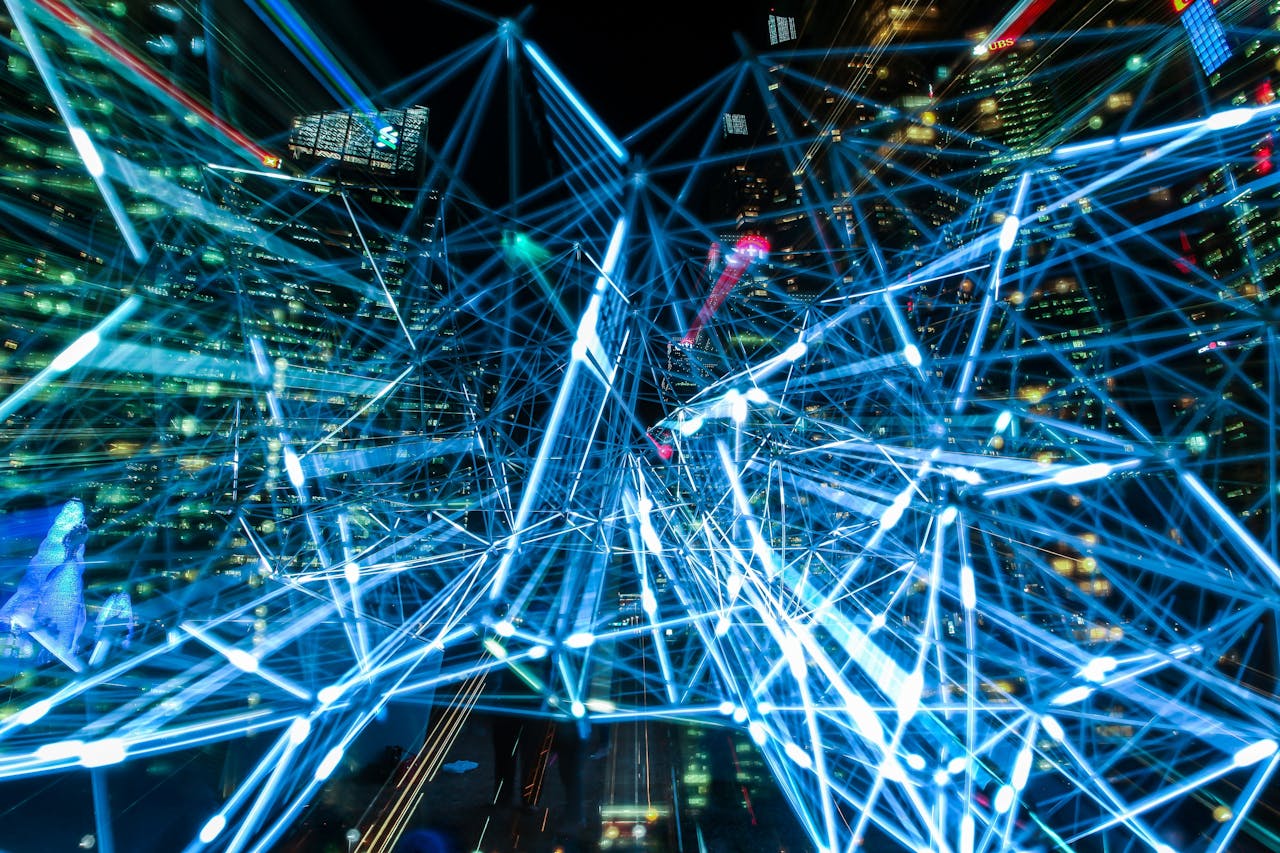How Tesla’s FSD Is Reshaping the 2025 Labor Market: Who’s First in Line for Replacement?
FSD jobs automation 2025 is no longer a future trend—it’s a present-day disruption. As Tesla’s Full Self-Driving (FSD) technology hits highways, city streets, and delivery routes across the U.S. and Europe, millions of jobs are quietly being reshaped. From long-haul truckers to Uber drivers, the labor market is feeling the pressure.
The First Jobs on the Chopping Block
Let’s be blunt: driving jobs are in trouble. According to the U.S. Bureau of Labor Statistics and a 2025 report by the International Transport Forum, over 3 million U.S. driving-related jobs face automation pressure. Here’s who’s most vulnerable:
1. Taxi and Ride-Hailing Drivers
Uber, Lyft, and even Tesla’s own Robotaxi service are accelerating their FSD rollouts. In Las Vegas and Phoenix, Robotaxis are already handling 20% of total ride-hailing traffic during peak hours, according to May 2025 data from McKinsey.
This shift isn’t hypothetical—ride-hailing companies are reducing human driver incentives and expanding driverless zones. In some regions, drivers report a 20–30% income drop in the past year due to autonomous competition.
2. Long-Haul Truck Drivers
With driver shortages and rising insurance costs, logistics firms are embracing autonomous trucking aggressively. Companies like Kodiak Robotics, Aurora, and Tesla Semi systems are already managing portions of I-10 and I-35 in the U.S. with Level 4 autonomy—meaning no human intervention in select conditions.
An internal 2025 report from FedEx estimates that 15% of long-haul routes in the southern U.S. are now covered autonomously, mostly overnight shipments. That means fewer overnight jobs and sleeper-cab drivers are needed.
3. Food Delivery Couriers
In dense urban areas, autonomous delivery pods—like those from Nuro and Serve Robotics—have become common. Los Angeles and San Francisco report over 1,000 active autonomous delivery units on public roads daily.
It’s not just novelty anymore: Domino’s and Uber Eats now use FSD-equipped units for 30% of deliveries in select cities, with cost savings of over $4 per order compared to human couriers. That’s a big problem for gig workers already under financial stress.
Secondary Ripple Effects: It’s Not Just Drivers
While the first wave is obvious, FSD’s rise is creating ripple effects in adjacent job sectors:
- Vehicle Dispatchers: With software taking over route optimization and vehicle monitoring, dispatcher roles are shrinking fast.
- Auto Insurance Agents: As accident rates drop in autonomous fleets, the demand for conventional auto insurance—and the people who sell it—is declining.
- Driving Schools & Trainers: Enrollments for commercial driving licenses have dropped by 35% in 2025 compared to 2022 in key U.S. states like Texas and California.
Adapt or Be Automated: What Can Workers Do?
The reality is stark, but not hopeless. New opportunities are emerging even as old ones fade:
- FSD Maintenance & Calibration Technicians: Autonomous systems still need hands-on servicing. Training programs in AI sensor calibration and EV maintenance are expanding rapidly.
- Fleet Operations Analysts: Human roles are shifting to oversight and data optimization in autonomous fleet companies.
- Cybersecurity Experts: With FSD systems heavily reliant on data transmission, cyberattack risks are growing—creating new demand in vehicle system security.
The key shift is from operational roles to technical oversight, requiring reskilling.
Ethical and Policy Questions Loom
There’s a fierce debate unfolding in Washington, Brussels, and state capitals: How fast should we allow automation to replace humans? Should companies using autonomous fleets be required to pay into retraining funds or UBI-style programs?
A 2025 Pew Research poll shows that 64% of Americans support a “Robot Tax” on companies replacing workers with automation—a sharp increase from 43% in 2022. The public knows disruption is coming and wants some safety net.
The Road Ahead Isn’t Fully Autonomous—Yet
Let’s not get ahead of ourselves: Full autonomy in all weather, all terrain, all cities is still a long way off. Human drivers are still crucial in complex, unpredictable environments—think snowy mountain roads or chaotic third-world traffic.
But in sectors where predictability rules—highways, mapped cities, food delivery grids—FSD is already rewriting the employment script. If 2023–2024 was the pilot phase, 2025 is the inflection point.
What’s Your Take?
Will FSD eliminate millions of jobs—or just transform them? Are we ready for the shift, or is the system moving too fast?
Share your thoughts below 👇 or tell us how your job is being impacted.



